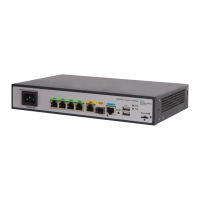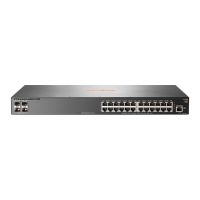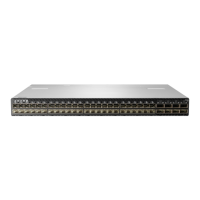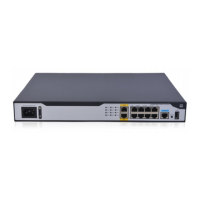361
Parameters
group-id: Specifies an existing mirroring group by its ID in the range of 1 to 6.
interface-list: Specifies a space-separated list of up to eight port items. Each item specifies a single
port or a port range in the form of interface-type interface-number1 to interface-type
interface-number2. The specified ports must be of the same type and on the same card. The value
for the interface-number2 argument must be equal to or greater than the value for the
interface-number1 argument.
both: Mirrors both received and sent packets.
inbound: Mirrors only received packets.
outbound: Mirrors only sent packets.
Usage guidelines
You can configure source ports only for local mirroring groups.
A port can act as a source port for only one mirroring group.
A source port cannot be configured as a egress port or a monitor port.
Examples
# Create local mirroring group 1 to monitor the bidirectional traffic of GigabitEthernet 1/0/1.
<Sysname> system-view
[Sysname] mirroring-group 1 local
[Sysname] mirroring-group 1 mirroring-port gigabitethernet 1/0/1 both
Related commands
mirroring-group
mirroring-group monitor-port (interface view)
Use mirroring-group monitor-port to configure a port as a monitor port for a mirroring group.
Use undo mirroring-group monitor-port to restore the default.
Syntax
mirroring-group group-id monitor-port
undo mirroring-group group-id monitor-port
Default
A port does not act as a monitor port for any mirroring groups.
Views
Interface view
Predefined user roles
network-admin
Parameters
group-id: Specifies an existing mirroring group by its ID in the range of 1 to 6.
Usage guidelines
You can configure monitor ports only for local mirroring groups.
Use a monitor port only for port mirroring, so the data monitoring device receives and analyzes only
the mirrored traffic.
Do not configure a port of an existing mirroring group as a monitor port.
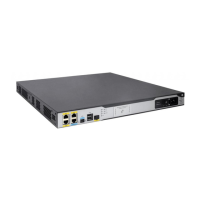
